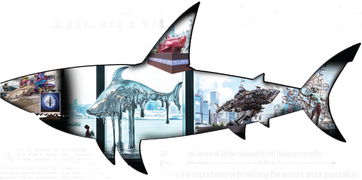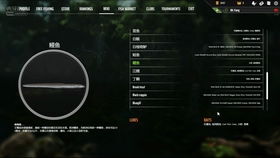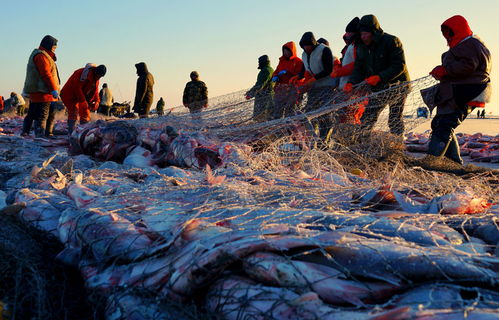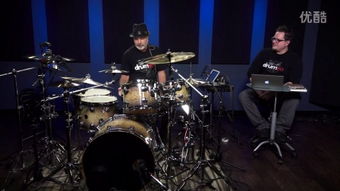Content:
Fishing, an age-old pastime that has captivated anglers across the globe, is not just a sport but a form of meditation that allows us to connect with nature. Whether you are a seasoned angler or a beginner looking to cast your line into the water, mastering the art of fishing requires a blend of patience, knowledge, and skill. In this article, we will delve into the essential fishing techniques that will help you become a more proficient angler.
Choosing the Right Equipment
The first step in mastering fishing techniques is to ensure you have the right equipment. Here's a breakdown of the essential gear you'll need:
Rod and Reel: The rod and reel combination is the backbone of your fishing setup. Choose a rod that matches the type of fish you're targeting and the technique you plan to use. For instance, a spinning rod is ideal for light tackle and casting, while a baitcasting rod is better for heavier lures and more powerful fish.
Line: The type of line you use depends on the fish you're after and the conditions of the water. Monofilament is versatile and floats on the water's surface, making it great for topwater lures. Fluorocarbon line is nearly invisible to fish and sinks, which is perfect for presentations that require the lure to be deeper in the water column.
Hooks: Hooks come in various sizes and shapes, each designed for specific types of fish. Choose hooks that are appropriate for the bait you're using and the size of the fish you're targeting.
Lures and Baits: Lures mimic the movement of real fish and are often used to attract predatory species. Live bait, on the other hand, is the natural food source for many fish. It's important to understand the habits of the fish you're targeting to choose the right lure or bait.
Fishing Techniques
Once you have the right equipment, it's time to learn the techniques:
Casting: Casting is the process of throwing your lure or bait into the water. There are several casting techniques, such as the overhead cast, sidearm cast, and roll cast. Practice these techniques to improve your accuracy and distance.
Trolling: Trolling involves slowly moving your boat or a fishing lure through the water to attract fish. It's a popular technique for catching larger fish like tuna and marlin. To troll effectively, you'll need a downrigger or a weighted line.
Jigging: Jigging is a technique where you lift and drop a lure or bait in short, sharp movements. This mimicry of a struggling fish can attract predators. It's particularly effective for species like walleye and pike.
Fishing from the Shore: If you're fishing from the shore, you'll need to account for the wind, current, and structure of the area. Use a longer rod and heavier line to cast further, and be patient as you wait for the fish to bite.
Fishing from a Boat: When fishing from a boat, you have more flexibility in terms of location and movement. Be sure to secure your boat, keep an eye on the weather, and be aware of other boats and marine life.
Reading the Water
Understanding the water is crucial for successful fishing. Here are some tips:

Observe the Surface: Look for disturbances in the water, such as bubbles, ripples, or splashes, which can indicate the presence of fish.
Identify Structure: Fish often congregate around structures like rocks, logs, and vegetation. Use these as your fishing spots.
Understand Currents: Currents can affect the way your lure moves and where fish are likely to be. Tidal currents are particularly important to consider when fishing in saltwater.
Conservation and Ethics
As you master your fishing techniques, remember to practice conservation and ethical fishing. This includes:
Respecting the Environment: Keep your impact on the environment to a minimum by following Leave No Trace principles.
Catch and Release: When fishing for species that are not intended for consumption, or when you're targeting trophy fish, consider catch and release to ensure the sustainability of the fish population.
Legal Regulations: Be aware of and comply with local fishing regulations, including size and bag limits, seasonal restrictions, and protected species.
In conclusion, mastering the art of fishing involves a combination of selecting the right equipment, understanding the techniques, reading the water, and practicing conservation. With patience and practice, you'll become a more skilled angler and enjoy the many rewards that fishing has to offer. Happy fishing!












